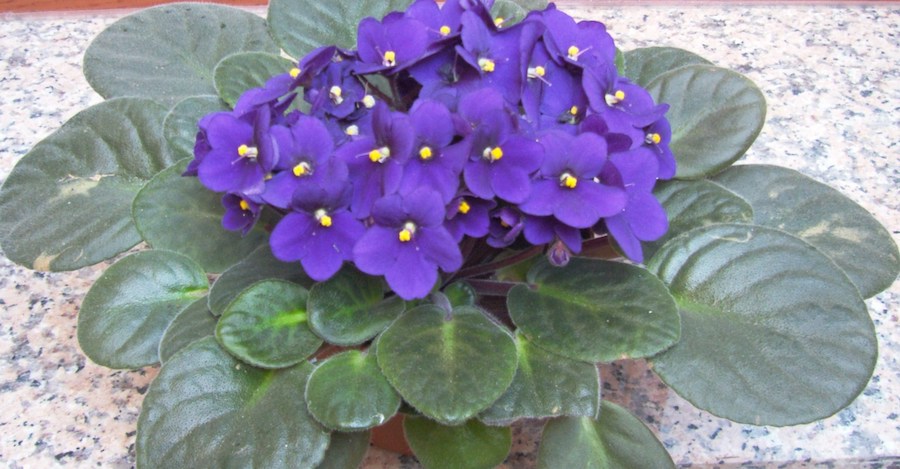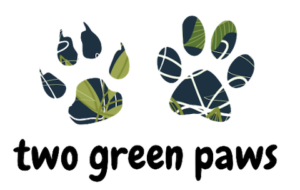Have you been searching for the perfect pet-friendly plant to brighten up your home? Look no further than African Violets! As a cat owner, I know how important it is to keep our furry friends safe and healthy. After all, they are part of the family too! That’s why it’s so wonderful that African Violets are not only beautiful plants, but also non-toxic for cats. In this blog post, I’m going to share with you all the benefits of having an African Violet in your home, as well as some tips on caring for both your plant and your feline friend. Let’s purr over these gorgeous flowers together!
African Violet is non-toxic for cats according to the ASPCA. Consuming anything out of the norm can be hard on your cat’s digestion though. If you are concerned, consult a local veterinarian.

Image credit: RobertoMM; Image licence: CC BY-SA 3.0
What is an African violet?
African violets are a popular pet-friendly houseplant, known for their vibrant colors and fuzzy leaves. They thrive in bright light and can be maintained with minimal effort as long as they get adequate watering—making them the perfect addition to any cat owner’s home. This variety of plant has been around since the late 1800s, when it was first discovered in Tanzania by Baron Walter von Saint Paul-Illaire. Since then, it has become one of the most beloved flowering plants across the world; its beauty is only matched by its hardiness and ease of care.
When considering which plants to bring into your living space with cats present, look no further than African violets. Not only do they provide an elegant decorative touch that won’t irritate or harm your kitty companion, but they also add much needed humidity to dry indoor air due to their unique moisture requirements during growth periods. Additionally, these plants boast a wide array of beautiful colors from deep purples to soft whites – ensuring you find just the right hue for your decorating style!
Finally, if you’re looking for an easy way to spruce up any room without worrying about toxicity levels for your pets – consider African violets! As long as you keep up with regular maintenance such as pruning dead foliage or providing supplemental waterings when necessary – these sturdy little plants will reward you with years of vibrant color and enjoyment indoors!
How to Care for an African Violet Plant
Adding an African violet plant to your home environment is a great way to spruce up the space while also providing a safe and non-toxic option for cats. With the proper care, these plants can thrive in most indoor environments, making them a popular choice for pet owners looking to add some life into their home décor. Here are some tips on how you can keep your African violets in top shape:
Lighting is key when it comes to caring for an African violet plant. Although they don’t require direct sunlight, they do need bright light from either natural or artificial sources. Find a spot that gets good indirect light or provide supplemental lighting from fluorescent bulbs if necessary. Be sure not to overexpose your plants as too much sun exposure can cause leaf burn and discoloration of foliage.
Watering should be done regularly but with caution – overwatering may lead to root rot so try not use excess water whenever possible. Moisten the soil around its roots without soaking it completely; this usually requires less than half cup per watering session at least once every week or two depending on conditions such as temperature and humidity levels within your home environment. If leaves start turning yellowish then cut back on watering even more frequently until it returns back healthy again!
Fertilizing should happen once every month using specially formulated fertilizer meant specifically for houseplants like african violets . This will ensure optimal growth and vibrant colors throughout its lifespan in addition helping protect against pests or other issues that could arise due lack of essential nutrients within the soil itself over time – just remember never fertilize during flowering season since this could disrupt blooming process altogether!
Protecting your plants (and pets)
When it comes to keeping cats from damaging plants, one of the most important steps is to create a safe and structured environment for the cat. This means keeping the cat away from plants, where it can’t knock them over, or use them as a scratching post or chew toy. If the plant is kept in an area the cat has access to you can try to keep it out of reach.
Another tip is to provide plenty of other outlets for the cat’s curiosity. Make sure the cat has plenty of toys to play with, and give it plenty of attention and affection. If cats feel that they are getting enough stimulation, they are less likely to be tempted to damage plants.
Finally, if your cat does start to damage the plants, it’s important not to react with anger or aggression. Instead, try to redirect the cat’s attention away from the plants. If the cat is scratching a plant, try to distract it (but don’t reward it)!
I try to keep something more interesting or appealing near my plants. In the case of scratching, I put quality scratching posts wherever my cats want to scratch – whether that is by the couch or by an indoor tree! DIY or buy one that suits your decor.
Enjoying indoor plants as a cat owner
I love having plants in my home along with my cats. It’s not only aesthetically pleasing to have a variety of vegetation, but I get health benefits from it as well. Plants help to filter the air and can reduce airborne toxins, which helps keep us breathing easier. They regulate humidity. Plus they create a calming atmosphere that is perfect for mental wellness, reducing stress and promoting mindfulness.
Having indoor plants helps bring me peace throughout the day. Whenever I’m feeling overwhelmed or anxious, taking care of my potted friends provides an escape from reality that allows me to become one with nature despite being stuck inside four walls all day long. My cats benefit from personal cat television watching me work or enjoying the movement of leaves when there’s a breeze.
If you want to expand your plant repertoire check out other pet-safe options such as Lords and Ladies, or an Adam and Eve plant, or even dried pampas grass.
